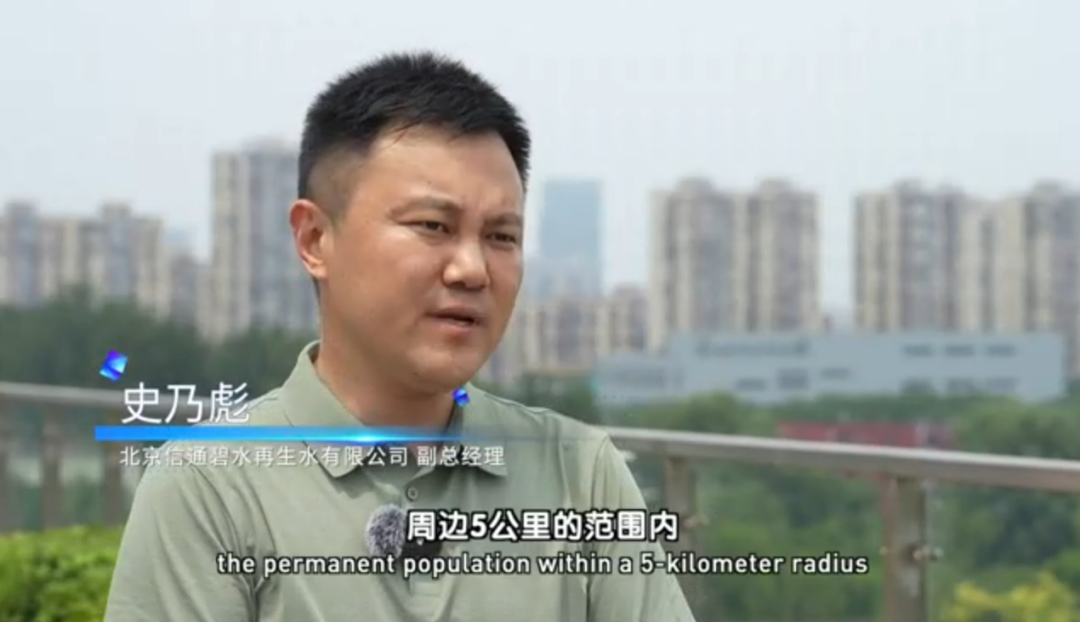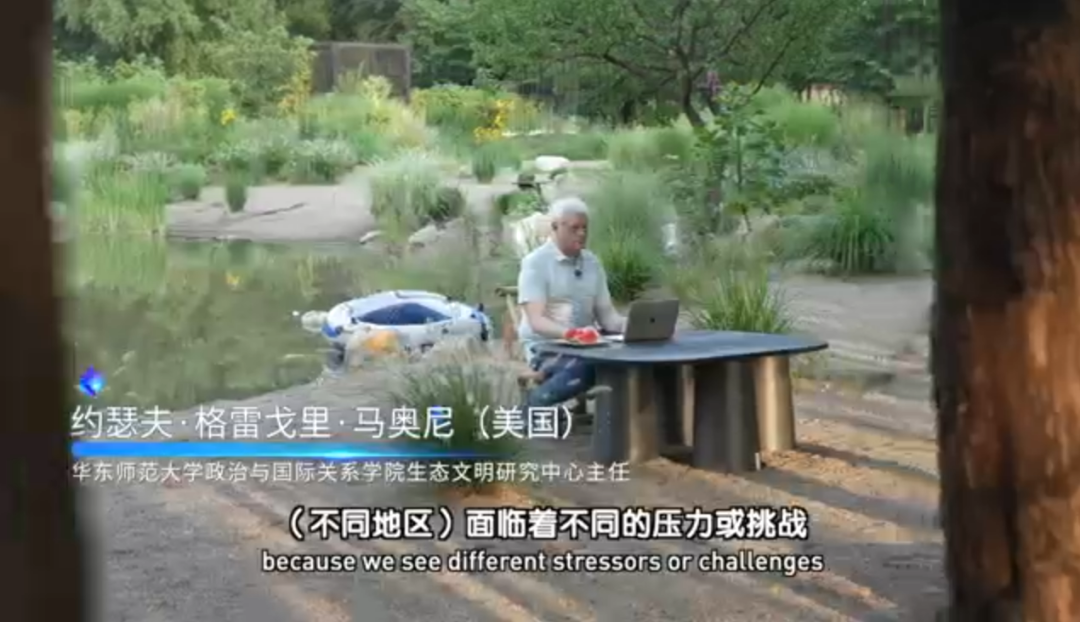Beijing Radio and Television Station | Nourishing the New Life of the Urban Sub center and the Livelihood Journey of Reclaimed Water
2025-09-26In today's increasingly scarce water resources, the destination and reuse of every drop of water are crucial to the sustainable development of cities. Data shows that in 2024, the per capita water resources in Beijing will only be 242 cubic meters, which is less than half of the international extreme water shortage standard. In this context, sewage treatment and recycling have become a key link in solving the water resource crisis. Recently, the program team of Beijing Radio and Television Station's "Beautiful Home JING Du Tiao" visited a sunken reclaimed water plant hidden under green spaces in the sub center of Beijing, uncovering the entire process of "wastewater regeneration".This underground reclaimed water plant has a depth of nearly 20 meters and covers an area of 110 acres, which is equivalent to saving 20 to 30 standard football fields of land resources. The water plant is an underground cubic structure with a length of 500 meters and a width of 200 meters. All facilities are located about 10 meters underground, and the ground part is built as a leisure landscape green space open to the public, achieving efficient and comprehensive utilization of land functions.
Dr. Sun Shihao from China Water Environment Group introduced that the sunken design not only effectively saves land, but also solves the common problem of foul odor and disturbance in traditional sewage treatment plants. The entire process involves sealed collection of odors and degradation through biological treatment technology, ultimately achieving odorless emissions and ensuring the health and safety of surrounding residents and factory operators.


The sewage treatment process also reflects the deep integration of technology and environmental protection. After entering the factory area, the sewage is treated with microbial activated sludge to effectively remove pollutants such as carbon, nitrogen, and phosphorus from the water. Then, through multiple processes such as solid-liquid separation and deep purification, clear and transparent high-quality regenerated water is finally produced. This type of recycled water has been widely used in urban non drinking water fields such as municipal greening, road cleaning, landscape water use, and ecological water replenishment, greatly reducing the dependence on fresh water resources.
Shi Naibiao, Deputy General Manager of Beijing Xintong Bishui Reclaimed Water Co., Ltd., introduced that the above ground part of the water plant has been developed into an open leisure green space, with clear water winding and green trees providing shade, becoming an important place for surrounding residents to take daily walks and relax. Since the completion of the project, about 50000 new permanent residents have been added within a 5-kilometer radius, of which about 40% are young technical talents, demonstrating the driving role of green infrastructure in population agglomeration and regional vitality.


Joseph Gregory Mahoney, Director of the Ecological Civilization Research Center at the School of Politics and International Relations of East China Normal University, pointed out that the technology of sunken reclaimed water plants has important demonstration significance in the context of China's rapid urbanization. It achieves seamless integration of sewage treatment facilities and urban construction, supporting development and safeguarding ecology, providing replicable samples for environmental governance in high-density urban areas.


As an important component of the national green development demonstration zone, the Beijing Urban Sub center is gradually building a water resource recycling system through such innovative practices, injecting "green momentum" into promoting high-quality and sustainable urban development.
A good ecological environment is a happiness that everyone living in this area can share. The recycled water from the urban sub center enters the capillaries here from underground, watering the green trees and red flowers, as well as nourishing our rivers and lakes, making the urban sub center a blue-green interweaving and water city integration. Every drop of recycled water is quenching the thirst for the rapid development of the urban sub center, but this is not the end of the journey of recycled water for people's livelihoods.
With the iteration of technology, recycled water will continue to exert greater magic in the future, such as using it to generate green hydrogen to become a city's power bank, or using its temperature to become a warm and cool baby for urban development through water source heat pump technology. Every awakened drop of water is quietly weaving a greener future picture, and in this future picture, the clear and surging urban regeneration arteries are also nourishing our ordinary daily lives.
 中国水环境集团
中国水环境集团









